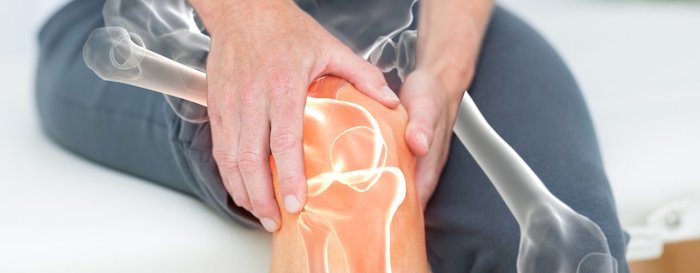
Nerves transmit pain signals from the brain to joints if you have arthritis. Learn about the treatments that block these signals and ease the pain.
Nerve Treatments for Arthritis Pain
Nerves transmit pain signals from the brain to joints if you have arthritis. Learn about the treatments that block these signals and ease the pain.
Have you tried many medications, non-drug therapies, and lifestyle habits to treat your arthritis pain? Are you putting off joint surgery for as long as possible? You may consider a treatment that blocks the pain signals being sent from your central nervous system to painful joints.
Nerve treatments can help ease the pain but won’t change underlying arthritis or slow disease progression. Here are four options to discuss with your doctor or a pain specialist. They are most helpful for knee, back, or spine pain.
Radiofrequency Ablation
This therapy is useful for osteoarthritis pain in the joints of the spine or knees. A 2017 study published in Regional Anesthesia and Pain Medicine found that radiofrequency ablation of the knee provided longer-lasting pain relief than corticosteroid injections.
An insulated needle is inserted next to a nerve near a joint. High-frequency energy is passed through the needle. The heats damage the nerves, interrupting pain signals. The procedure can provide relief until the nerves regenerate. This could last up to a year, but the relief you feel and how long it lasts will vary from person to person.
Nerve Block
Nerve blocks are most commonly used for back pain that moves up to the arm or down to the leg. A single nerve block may provide immediate relief. For people who have longstanding pain, it may take several injections to feel a difference.
A doctor injects a local anesthetic, such as lidocaine -- or a mixture of a numbing agent plus a corticosteroid -- into a nerve. The anesthetic stops pain signals from traveling to the brain, and the steroids help reduce inflammation. Nerve blocks are used to temporarily block pain and to help physicians pinpoint where the pain is coming from.
Cryoneurolysis
The procedure is done in the knee and joints of the back. You’ll have greater pain relief that lasts longer if your arthritis is mild. A 2016 study published in Knee found that people who received cryoneurolysis several days before surgery recovered faster and needed fewer narcotic pain relievers after joint surgery.
A tool that contains liquid nitrous oxide freezes three small, hollow needles. The needles are inserted into or near a joint. The cold damages the nerves that transmit pain signals. After a few months, the pain will begin to return as the nerves regenerate.
Intrathecal Pain Pump
Pain pumps are most commonly used for spine disorders such as compression fractures or spinal stenosis. It may be used as a last resort for long-standing pain from rheumatoid arthritis or connective tissue disorders, such as lupus or scleroderma.
A small, battery-operated pump filled with pain medication, such as morphine, is surgically implanted into the body. The pump delivers small doses of medicine directly into the space around the spinal cord. Refills are needed every one to three months.
This localized medicine comes with fewer body-wide side effects than oral narcotics.
Precision Pain Care and Rehabilitation has two convenient locations in Richmond Hill – Queens and New Hyde Park – Long Island. Call the Richmond Hill office at (718) 215-1888, or (516) 419-4480 for the Long Island office, to arrange an appointment with our Interventional Pain Management Specialist, Dr. Jeffrey Chacko.













